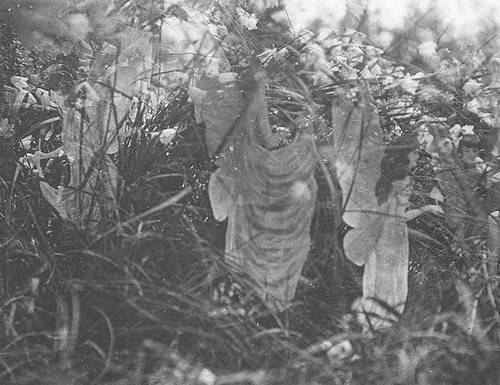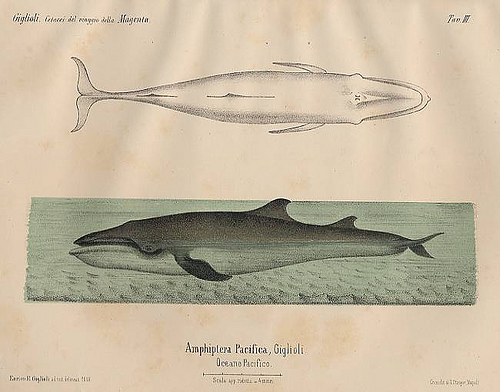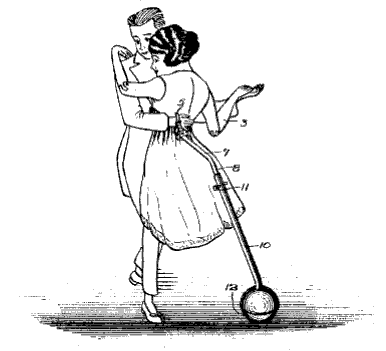We all went over to Mannheim, and dined at the hotel where, seventeen years before, I, being fourteen months old, was given away to my aunt, who was also my godmother, to live with her forever as if I were her own child, and never to see my own parents, as such, any more. … When we returned to the station in the evening, we had a long time to wait for the train. On the platform was a poor woman, crying very bitterly, with a little child in her arms. Emmie Penrhyn, who was tender-hearted, went up to her, and said she was afraid she was in some great trouble. ‘Yes,’ she said, ‘it is about my little child. My little child, who is only fourteen months old, is going away from me forever in the train which is coming. It is going away to be adopted by its aunt, who is also its godmother, and I shall never, never have anything to do with it any more.’ It was of an adoption under exactly the same circumstances that we had been to Mannheim to keep the seventeenth anniversary!
— Augustus Hare, The Story of My Life, 1896





